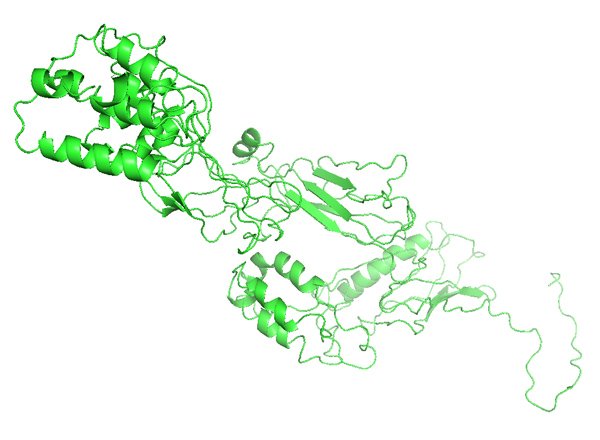Bioinformatics Database
SMPD3: Sphingomyelin phosphodiesterase 3

Cellular Process
Dentin formation
Gene Name
SMPD3: Sphingomyelin phosphodiesterase 3
Gene ID
55512
Gene Sequence
General Description
Hofmann et al. (2000) showed that SMPD3 has a neutral pH optimum and specifically hydrolyzes sphingomyelin with no detectable phospholipase C (see 600220)-like activity. They suggested a role for SMPD3 in cell cycle arrest.
Alternative titles; symbols
SPHINGOMYELINASE, NEUTRAL, 2; NSMASE2
Chromosome
Chromosome 16
Cytogenetic location
16q22.1
Encoded Protein
Sphingomyelin phosphodiesterase 3
Function of the protein in oral and tooth development
Khavandgar et al., (2013) reports that: "Sphingomyelin phosphodiesterase 3 (Smpd3) encodes a membrane-bound enzyme that cleaves sphingomyelin to generate several bioactive metabolites. A recessive mutation called fragilitas ossium (fro) in the Smpd3 gene leads to impaired mineralization of bone and tooth extracellular matrix (ECM) in fro/fro mice. In teeth from fro/fro mice at various neonatal ages, radiography and light and electron microscopy showed delayed mantle dentin mineralization and a consequent delay in enamel formation as compared with that in control +/fro mice. These tooth abnormalities progressively improved with time. Immunohistochemistry showed expression of SMPD3 by dentin-forming odontoblasts."
Dental and Oral Diseases
Protein Sequence
>NP_061137.1 sphingomyelin phosphodiesterase 3 [Homo sapiens]
MVLYTTPFPNSCLSALHCVSWALIFPCYWLVDRLAASFIPTTYEKRQRADDPCCLQLLCTALFTPIYLAL
LVASLPFAFLGFLFWSPLQSARRPYIYSRLEDKGLAGGAALLSEWKGTGPGKSFCFATANVCLLPDSLAR
VNNLFNTQARAKEIGQRIRNGAARPQIKIYIDSPTNTSISAASFSSLVSPQGGDGVARAVPGSIKRTASV
EYKGDGGRHPGDEAANGPASGDPVDSSSPEDACIVRIGGEEGGRPPEADDPVPGGQARNGAGGGPRGQTP
NHNQQDGDSGSLGSPSASRESLVKGRAGPDTSASGEPGANSKLLYKASVVKKAAARRRRHPDEAFDHEVS
AFFPANLDFLCLQEVFDKRAATKLKEQLHGYFEYILYDVGVYGCQGCCSFKCLNSGLLFASRYPIMDVAY
HCYPNKCNDDALASKGALFLKVQVGSTPQDQRIVGYIACTHLHAPQEDSAIRCGQLDLLQDWLADFRKST
SSSSAANPEELVAFDVVCGDFNFDNCSSDDKLEQQHSLFTHYRDPCRLGPGEEKPWAIGTLLDTNGLYDE
DVCTPDNLQKVLESEEGRREYLAFPTSKSSGQKGRKELLKGNGRRIDYMLHAEEGLCPDWKAEVEEFSFI
TQLSGLTDHLPVAMRLMVSSGEEEA
Mutations
Related Literature
Hofmann et al., (2000): https://doi.org/10.1073/pnas.97.11.5895
Khavandgar et al., (2013): https://doi.org/10.1177/0022034513478429
